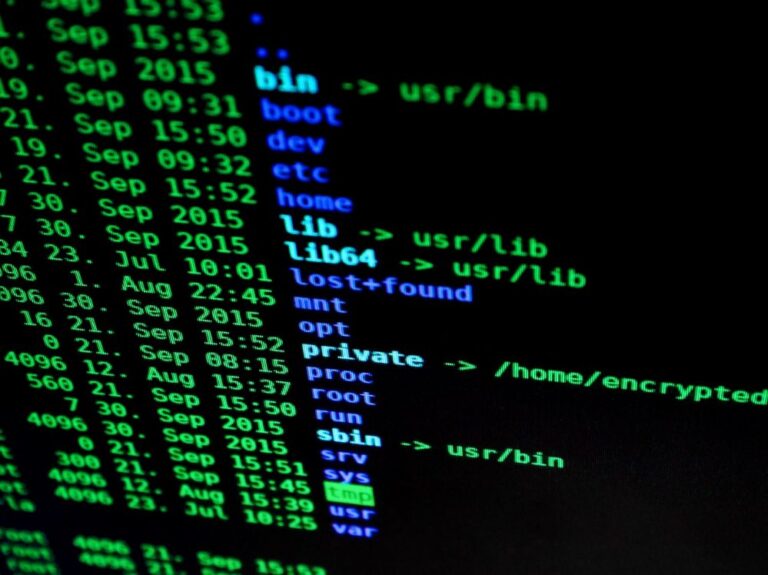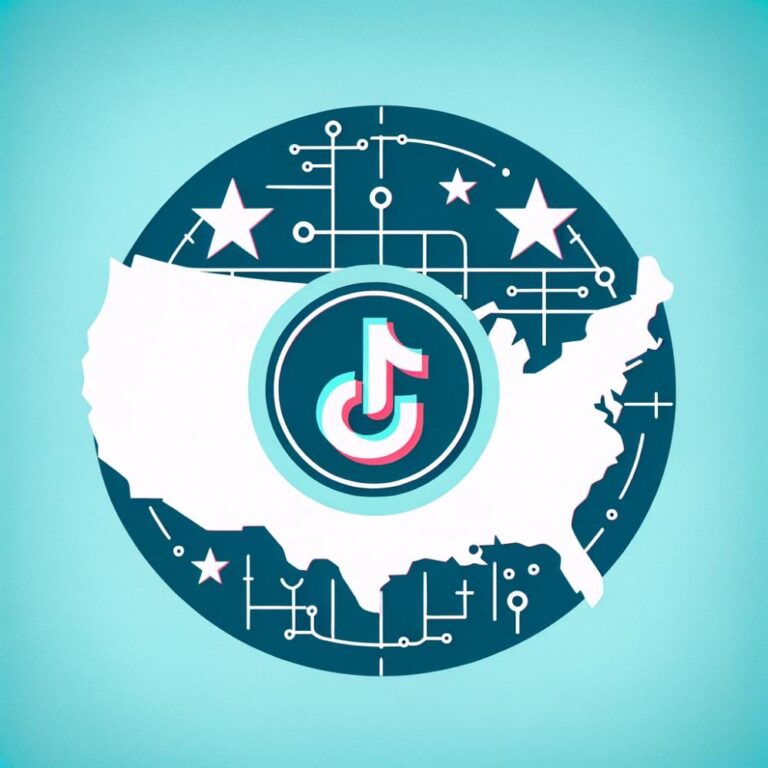Phishing is a type of fraud that targets everyone who uses the internet. Although this type of operation has been established for quite some time now, most people are not aware of how it is being done and how it relates to them.
How Phishing Works
Phishing is the act of committing fraud in order to acquire pertinent financial information from a person. It is also known as brand spoofing or carding. It takes just one email to phish [fish] an internet user. An individual will be tricked into supplying credit card information through an email purportedly coming from an important service provider like banks, cable companies, or ISP’s. He or she will be asked for a credit card number or social security number to verify an alleged transaction. If the email recipient does not know any better, he will provide the information being asked, without knowing that everything is a cunning trap and he is walking right into a financial disaster.
Who are scammers?
Scammers will provide internet users with web links that ask for updated financial information. Knowing that services they enjoy may be affected, email recipients hand over information without investigating the legitimacy of the web address. Once the credit card number or social security number of an individual is accessed, scammers can manipulate the information to make purchases, finance transactions and essentially, to steal the financial identity of the unsuspecting email recipient.
How to Protect from Being Pished
Protection from Being PhishedGuard your financial information well by noting the following steps:
Phishing can very well lead to identity theft and, ultimately, to irreparable damage to your overall credit profile. Visit Free-Credit-Reports.com and get the most reliable identity theft protection services right now. Your credit score is at risk for every second you miss out on these services.
Investigate
Scammers set up mirror websites of a significant entity such as a bank or a cable company, but the web address they provide betrays this deception. The link on this address bar will not match the company it purports to be. As such, it takes caution on the part of the internet user in visiting sites, especially if pertinent information is being asked.
Practice skepticism at all times
In protecting oneself from phishing, it helps to doubt and ask questions all the time. Do not entertain hyper-links within emails, and take note that banks, for example, will never send emails requesting for your account details or to update an account.
Monitor bank balances
If you find that your bank, for example, has insufficient funds to cover your transaction, it is necessary to contact your bank immediately. However, before you contact them, confirm that you are on the correct balance.
Keep changing your password
This is just one of the simple ways to protect yourself from account hijacking. You can also monitor bank balances and other statements easily by keeping a close watch on your transaction through the bank’s safe online system.
Request for help
If you find that you are the victim of a phishing attack, you can always request help from the company operating the site by visiting their contact center. You can also email them atspoof@paypal.comIf they truly want to help, they will probably already know about it.
Update your browser
One time I submitted a URL 2 minutes ago and I’ve already been redirected to a phishing site. It’s amazing how many web sites have already been ‘caught’. However, there’s no reason to act prematurely. Time to update your browser and make sure everything is up-to-date.






